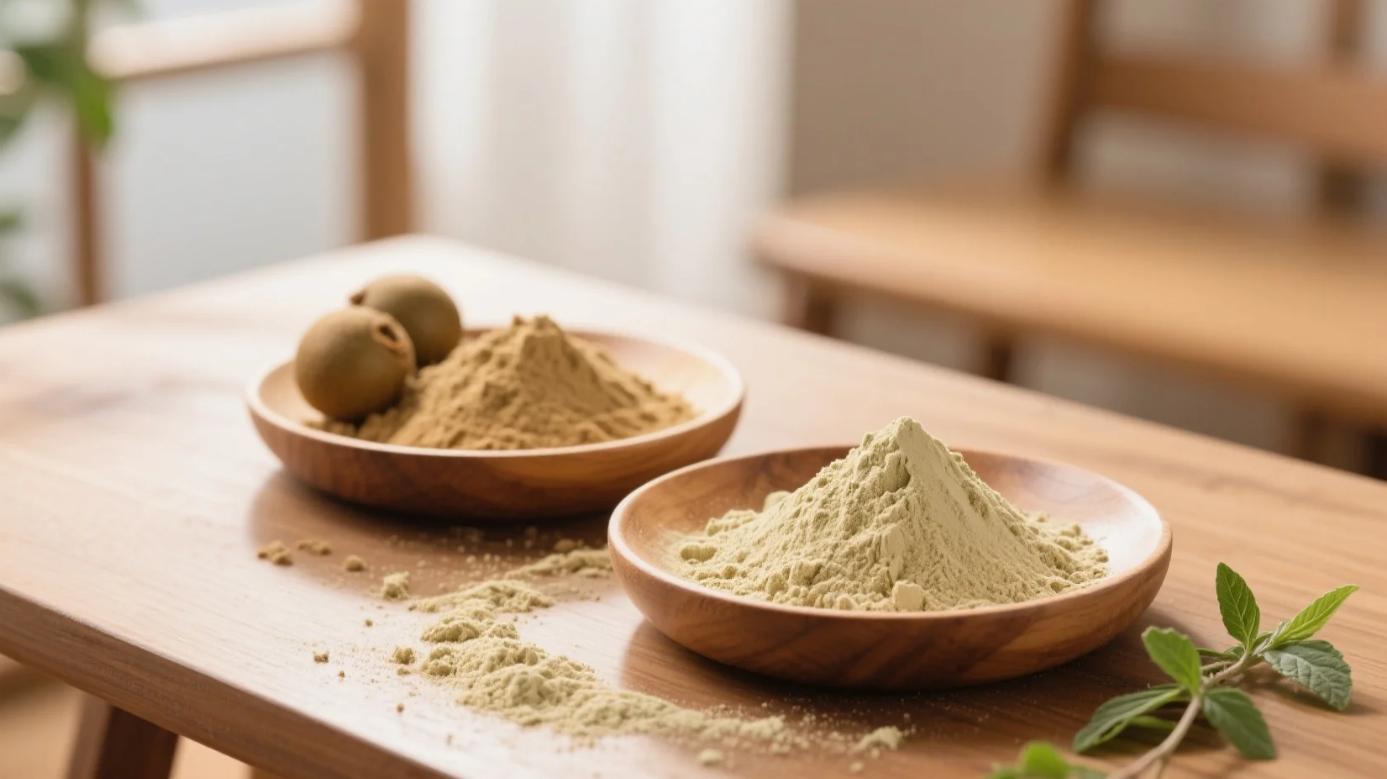Table of Contents
What is Organic Maltodextrin
Organic maltodextrin is a white powder made from natural starches (such as corn, potato, wheat, cassava, or rice) through a hydrolysis process. It is a common food additive that can improve the texture, taste, shelf life and nutritional value of foods.
Pros and Cons of Organic Maltodextrin
Organic maltodextrin has many benefits, such as:
- It is a good source of carbohydrates that can provide energy and prevent blood sugar spikes.
- It can enhance the flavor and sweetness of foods without adding too much calories or affecting blood glucose levels.
- It can help thicken and stabilize foods, such as sauces, soups, dressings, and beverages.
- It can increase the solubility and dispersibility of foods, making them easier to mix and dissolve.
- It can extend the shelf life of foods by preventing moisture loss and microbial growth.
- It can improve the nutritional profile of foods by adding fiber, protein, vitamins, minerals, or probiotics.
However, organic maltodextrin also has some drawbacks, such as:
- It may cause allergic reactions in some people who are sensitive to the source of starch or the enzymes used in the hydrolysis process.
- It may contain traces of gluten, which can be harmful for people with celiac disease or gluten intolerance.
- It may have a high glycemic index (GI), which means it can raise blood sugar levels quickly and cause insulin spikes.
- It may have a low nutritional value compared to other natural sweeteners or carbohydrates.
How to Store and Preserve Organic Maltodextrin
Therefore, it is important to store and preserve organic maltodextrin properly to maintain its quality and safety. Here are some tips on how to do that:
- Store organic maltodextrin in a dry, cool, well-ventilated place, away from direct sunlight and high temperatures. High humidity and heat can cause clumping, caking, or browning of the powder.
- Seal organic maltodextrin in an airtight container or bag, to prevent moisture or contamination. Exposure to air or water can reduce the shelf life and effectiveness of the powder.
- Check the expiration date and production date of organic maltodextrin before using it. The shelf life of organic maltodextrin is usually 24 months, but it may vary depending on the storage conditions. Do not use expired or spoiled products.
- Inspect organic maltodextrin for any signs of abnormality before using it. Look for any changes in color, odor, texture, or appearance. Discard any products that show signs of mold, insects, or foreign matter.
- Use organic maltodextrin as soon as possible after opening it. Reseal the remaining portion tightly and use it within a short period of time. Do not leave it exposed to air or moisture for too long.

